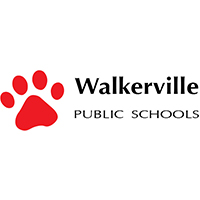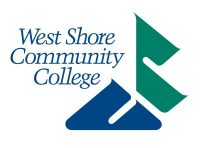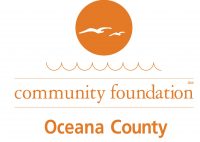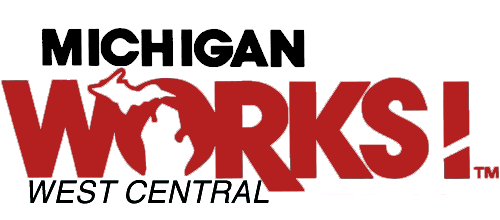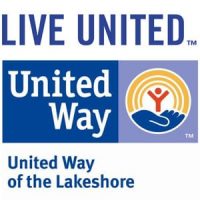The Oceana College Access Network is committed to monitoring countywide college access and success data through our public Oceana Educational Attainment Dashboard. The dashboard utilizes benchmark data from the year 2012, and is updated annually to provide the most current and available data for each goal and outcome measure.

Per-capita income and college attainment rates are closely correlated. The educational rates of a state’s citizenry are highly and positively correlated to the economic prosperity of the state. Michigan’s economic future depends on our ability to produce and attract more college graduates to our state.
National data from the most recent recession and recovery show a net gain of over 2 million jobs for Bachelor’s degree holders and above, near zero net change for those with an associate degree or some college, and a net loss of over 5 million jobs for people with a high school diploma or less. Even during the recovery, those with a high school diploma or less have continued to lose jobs while those with a Bachelor’s Degree or higher gained. If we can’t supply Michigan’s labor market with enough people who have the necessary knowledge and skills, economic growth will be severely constricted.
Dashboard Goals
Goal One - College Enrollment

The 21st Century global economy demands education beyond high school, whether it is a high-skilled certification, an Associate Degree, a Bachelor’s Degree, or beyond. In order to complete a degree, students must first enroll in a post-secondary institution that is a good match or “fit” for their aspirations, academic aptitude, and career ambitions.
For generations, Michigan and Oceana families were able to rely on a high school diploma to provide a middle-class lifestyle thanks to a robust labor market. OCAN leads the charge in changing the hearts and minds of Oceana County by espousing the mantra that a high school diploma simply is not enough to compete in the 21st-century global economy. There are many individual and community benefits of post-secondary education. Some benefits include: increased median income, decreased unemployment rates, lower smoking rates, lower incarceration rates, higher levels of civic participation including volunteerism, voting and blood donation.
Goal Two - College Persistence

While focusing on increasing students access to postsecondary educational opportunities, it is equally vital to work to increase college persistence and completion. In order to increase the percent of residents in Michigan & Oceana with high-quality degrees and credentials, we must ensure our students are both accessing and succeeding in postsecondary education at higher rates than the status quo.
It is imperative that we increase the percentage of people with postsecondary credentials. Currently, in Oceana, approximately one-fourth of the students who enroll in college are not returning for a second year. Increasing persistence and credit accumulation is necessary to increase postsecondary degree and credential completion and attainment. Oceana has to find successful ways to support students while they are in college to ensure that students not only have the opportunity to enroll in college but also to persist through completion.
Goal Three - College Completion

The United States was once the most well-educated country in the world. Over the past 40 years, the United States has remained stagnant in the percentage of residents with postsecondary degrees or credentials. To meet the demands of the workforce and to regain our prominence as the most well-educated country on the planet, we must dramatically increase the number of college graduates each year until 2025.
In alignment with the rest of the nation, Michigan must work to dramatically increase the percentage of its citizens with high-quality credentials and degrees. If Michigan continues on the current path, it is projected that by the year 2025, 43% of Michiganders will have a high-quality degree or credential. According to analyses of occupational data and workforce trends, we know that by 2018, 62% of available jobs in Michigan will require education beyond high school.
Goal Four - Financial Readiness

The most commonly cited barrier to postsecondary education is college affordability. Along with being socially, informationally, and academically ready, it is equally important that all students have access to the necessary funds to enroll, persist, and complete college.
With the growing media surrounding the increasing average student loan debt, many students have been left wondering, “Is college worth it?”. Research shows that individuals with a college degree make, on average, one million dollars more over the course of their lifetime than an individual with only a high school diploma. Research also shows that middle and high school students perceive the cost of college to be 1 million dollars or more. We must ensure students have the financial knowledge, literacy, and readiness to understand the costs and benefits of postsecondary education, and that they have the means available to enroll and complete their degree or credential.
Goal Five - Culture/Aspirations

Culture consists of the underlying values, beliefs, and meanings which are deeply held, static, and enduring. In order to impact Oceana’s educational attainment rate, the people that make up our county must understand, value, and believe in both the private and public value of post-secondary educational attainment.
When students have school, parental, and community support, college is seen as the norm – higher education is the expectation rather than the exception. The first step in the college-going process for a student is to aspire to pursue post-secondary education and to be surrounded by people who encourage that goal.
Goal Six - Academic Readiness

It is imperative that students are academically prepared to pursue and succeed in college-level coursework. All students should be encouraged to take rigorous and challenging academic coursework to have the best chance of success in college.
As we work to increase the number of students successfully accessing post-secondary education, we must also ensure students are prepared to succeed in college-level coursework and are not required to take remedial courses. Graduation rates for students who started in remediation aren’t good: Fewer than 1 in 10 graduate from community colleges within three years and only a third complete bachelor’s degrees in six years. By working to ensure all students are academically prepared to succeed in college before they enter, we can maximize the odds that these students will ultimately complete their program of study.



